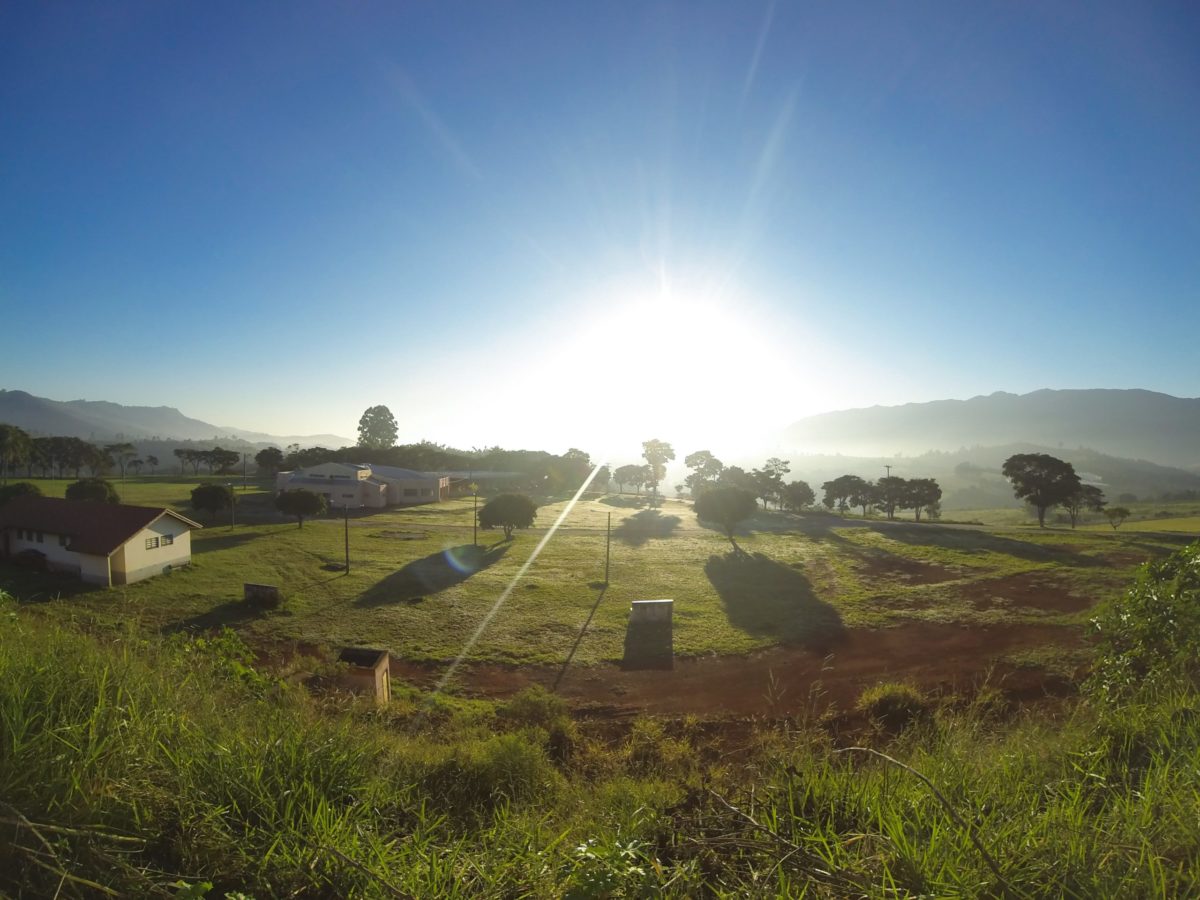The transition to a greener and more sustainable energy system is not limited to the mere flow of electrons, it is in convoy with a much broader move toward sustainability and the redistribution of power sources from the boardroom to the building blocks of self-determination through renewable energy generation.
One example of this is the Ramahyuck District Aboriginal Corporation (RDAC), which has been providing healthcare and family support services for Aboriginal people in the Gippsland region since 1992, and yesterday won a $1 million grant for the construction of a 4.9 MW solar farm, and $26,000 to install solar arrays atop the Heyfield and District Museum, Coongulla Community Hall, Heyfield Golf Club and Heyfield Tennis Club.
This funding will result in the first solar farm wholly owned and operated by an Aboriginal Corporation, and the first on Aboriginal-owned land in Victoria.
Victorian Minister for Energy, Environment and Climate Change Lily D’Ambrosio announced the grant, along with four other community group recipients in the Gippsland area, through the Latrobe Valley Energy and Growth Program (Program). D’Ambrosio also announced the second phase of the Program which will see $1.98 million granted for new renewable energy projects in Latrobe City, Baw Baw Shire, and Wellington Shire.
“Helping industry and community groups achieve affordable reliable power now and into the future is more important than ever,” said D’Ambrosio, “this funding helps deliver that – creating jobs and stimulating the economy.”
The Ramahyuck Solar Farm (RSF) is set to be situated outside the city of Sale on 16ha of under-utilised land in the town of Longford. According to the RSF’s brief, the 4.9 MW grid-connected PV system will provide a 20 year plus income stream “to enable a healthy, strong and vibrant Aboriginal community”, an “opportunity for customers to achieve their Indigenous procurement and corporate social responsibility targets”, “Aboriginal employment and training opportunities in the fast-growing renewable energy sector”, and of course “reduce grid electricity greenhouse gas emissions by approximately 12,000 tonnes each year.
Jane Garret, Member for Eastern Victoria, said she was “delighted to see Ramahyuck District Aboriginal Corporation get support for the first solar farm on Aboriginal-owned land in Victoria – a project that means self-determination on renewable energy and jobs for the community.”
The Ramahyuck Solar Farm is another sign of what is hopefully a growing trend of indigenous representation in the ownership structures of renewable energy project. In July, plans for the ‘historic’ 50 GW Western Green Energy Hub were announced, ‘historic’ not simply for the project’s ambitiousness, but because of its partnership with First Nations Land Owners through Mirning Green Energy Limited, a wholly-owned subsidiary of the Mirning Traditional Lands Aboriginal Corporation, which will have a “meaningful carried equity stake” in the green hydrogen project and a permanent seat on the project consortium’s board.
This content is protected by copyright and may not be reused. If you want to cooperate with us and would like to reuse some of our content, please contact: editors@pv-magazine.com.









This is the third wonderful thing I have heard today concerning Aboriginal people. Can the tide be turning? I hope so
Me too!